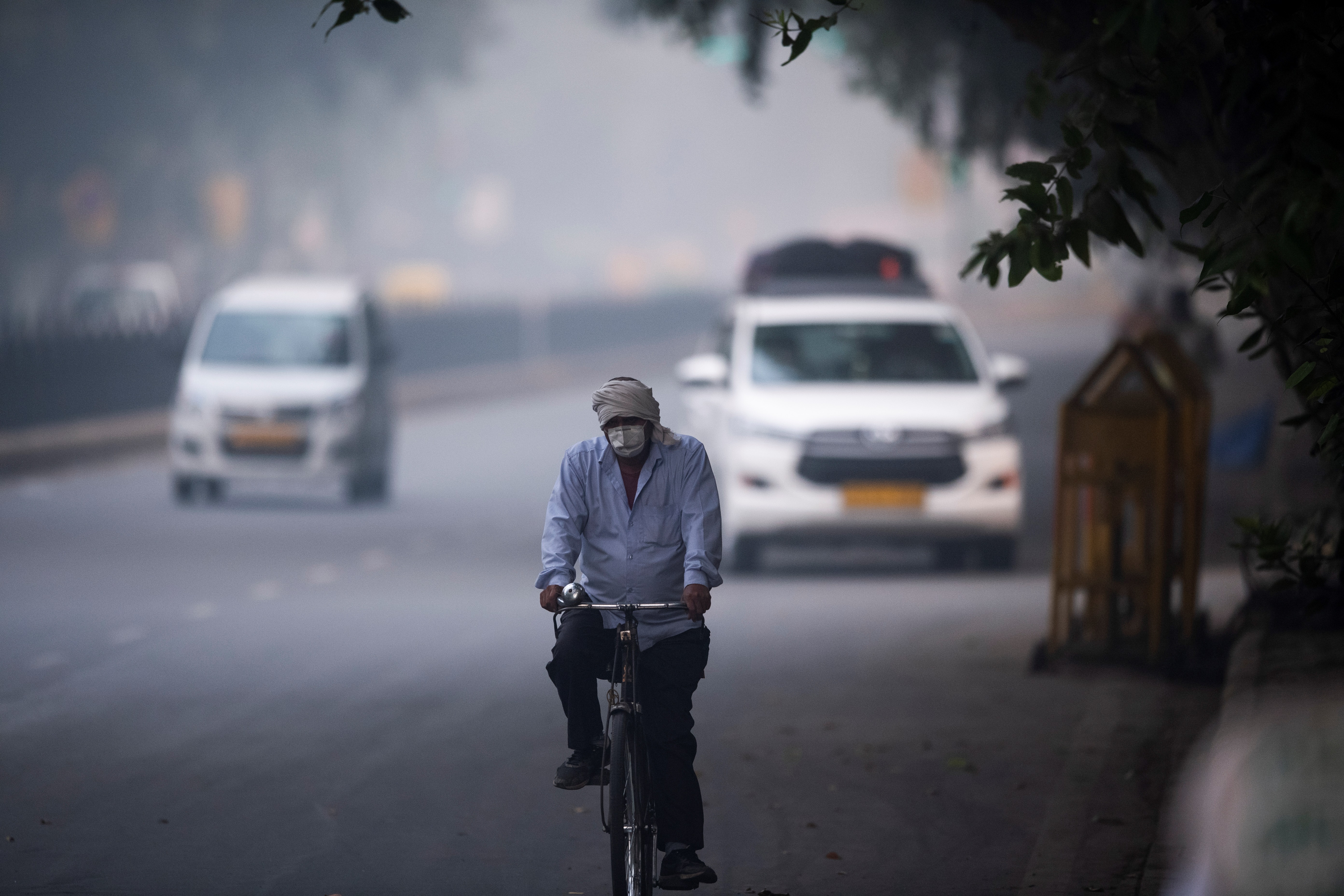Delhi is in a state of emergency. On November 1, when the public health emergency was sounded off by the Delhi government—leading to shutting down of schools, bursting of crackers and construction sites—there was one common sentiment: Shit has really hit the fan this time.
But the thing is, even though the government has acknowledged the crisis and even belted out the odd-even scheme (in which vehicles’ numbers ending with odd and even numbers get their stipulated days to be on the road) to keep vehicular pollution at bay, this is not a one-off event. This has been happening every year; this week has only been the worst this year. Today, the Supreme Court pulled up the central and state governments to ask why “this happens every year” and “the government doesn’t do anything.”
Videos by VICE
To give you a clearer picture, every year, between October 28 and November 14, the Delhi smog descends with spooky punctuality. And every year, this time frame is rife with heightened anger and concern. This time around, though, the air quality index (AQI) measures beyond 900 in most places (25 is deemed safe by the World Health Organisation), and visibility is so bad that over 30 flights (and counting) have been redirected with at least 19 cancellations at the Indira Gandhi International Airport.
In the middle of this are the residents of Delhi who are experiencing throat infections, stinging eyes, breathing difficulties, and scorched nostrils from the acrid air. A 2018 study showed that 1.2 million deaths in India in 2017 were attributed to air pollution, wherein high rates of lower respiratory infections, heart diseases, strokes, lung cancer, and diabetes were found. Of the 1.2 million who died, 51.4 percent were below the age of 70. Studies also state that Indians have their life expectancy cut short by 5.3 years just because of air pollution. This year, the smog has prompted some to demand a shift of the national capital from Delhi.
As the government and experts hope for the air quality to mellow down from “severe” to “very poor”—quite a long haul, at this point—here are some terrifying images of the city in the middle of an “airpocalypse”.

Photo: Jewel Samad/AFP

Photo: Sajjad Hussain/AFP



Money Sharma/AFP

Follow Pallavi Pundir on Twitter.




